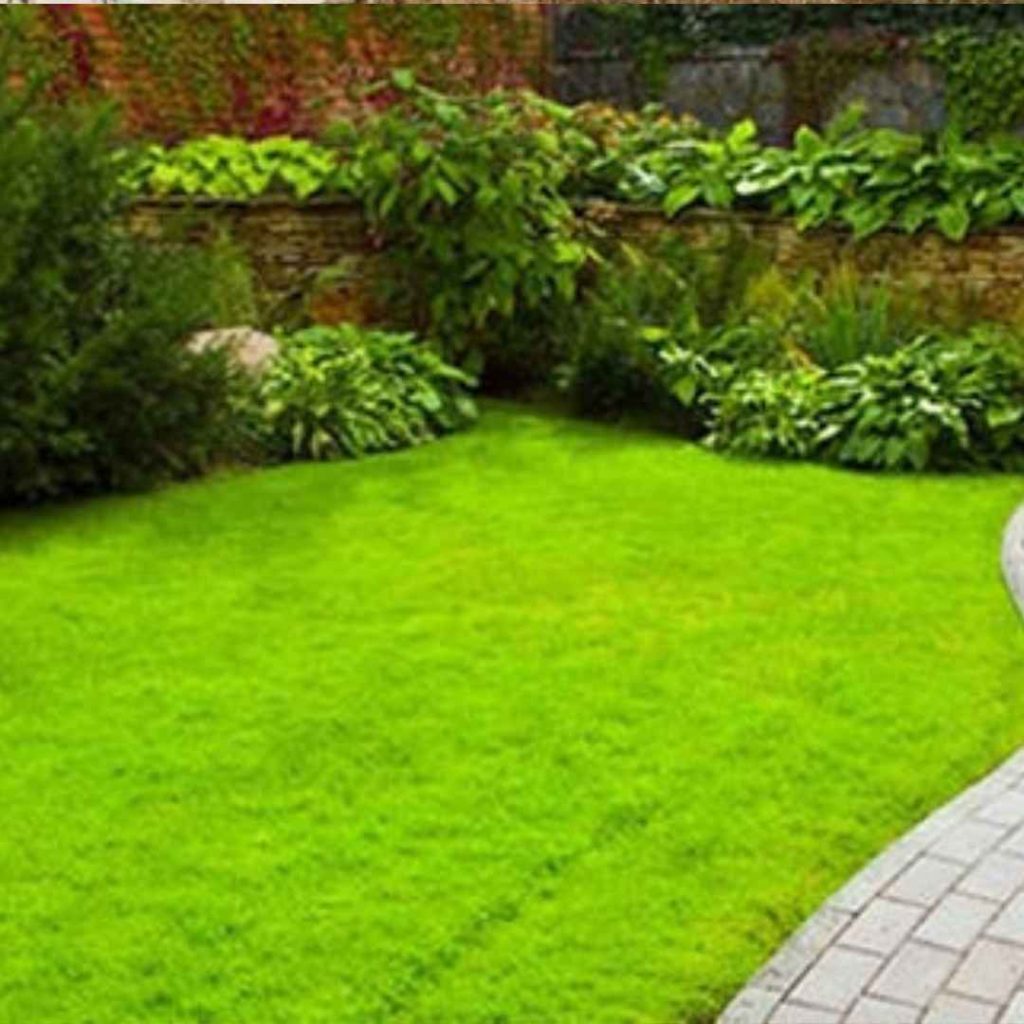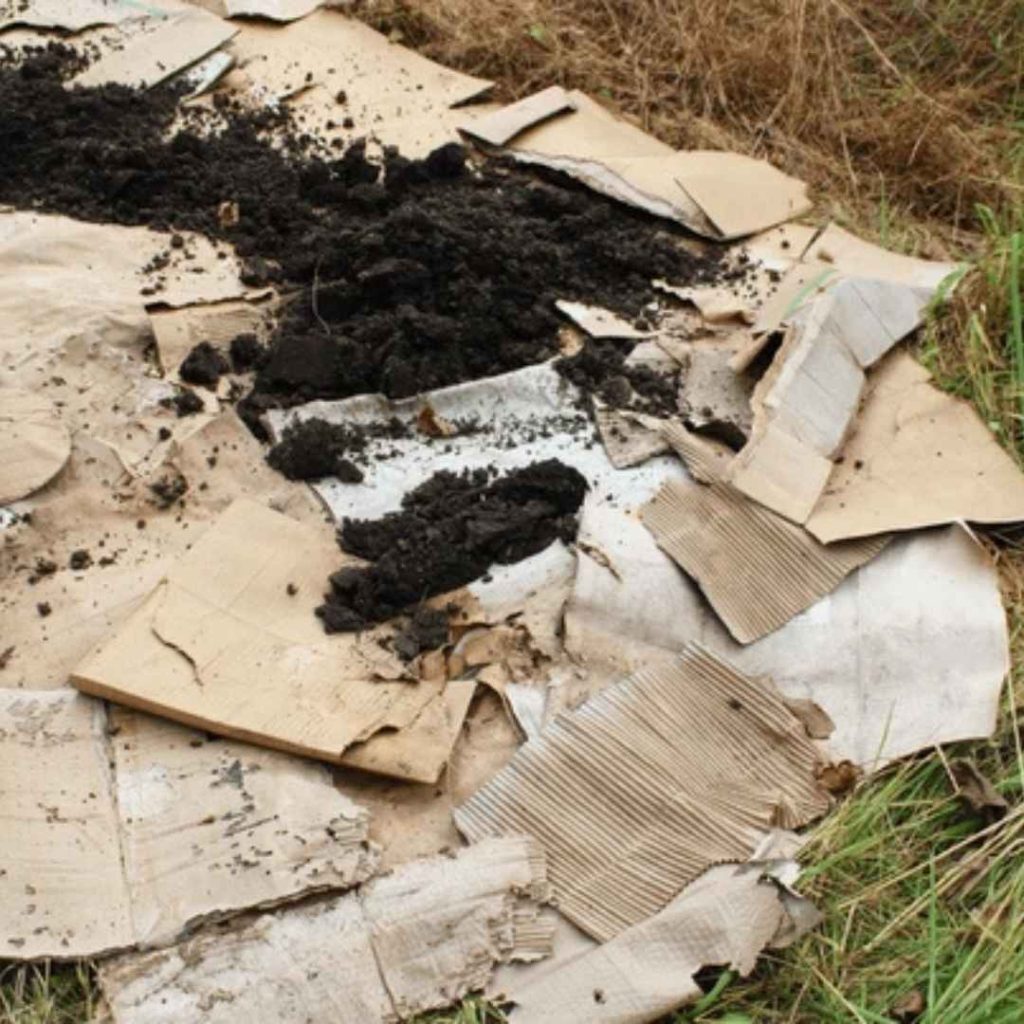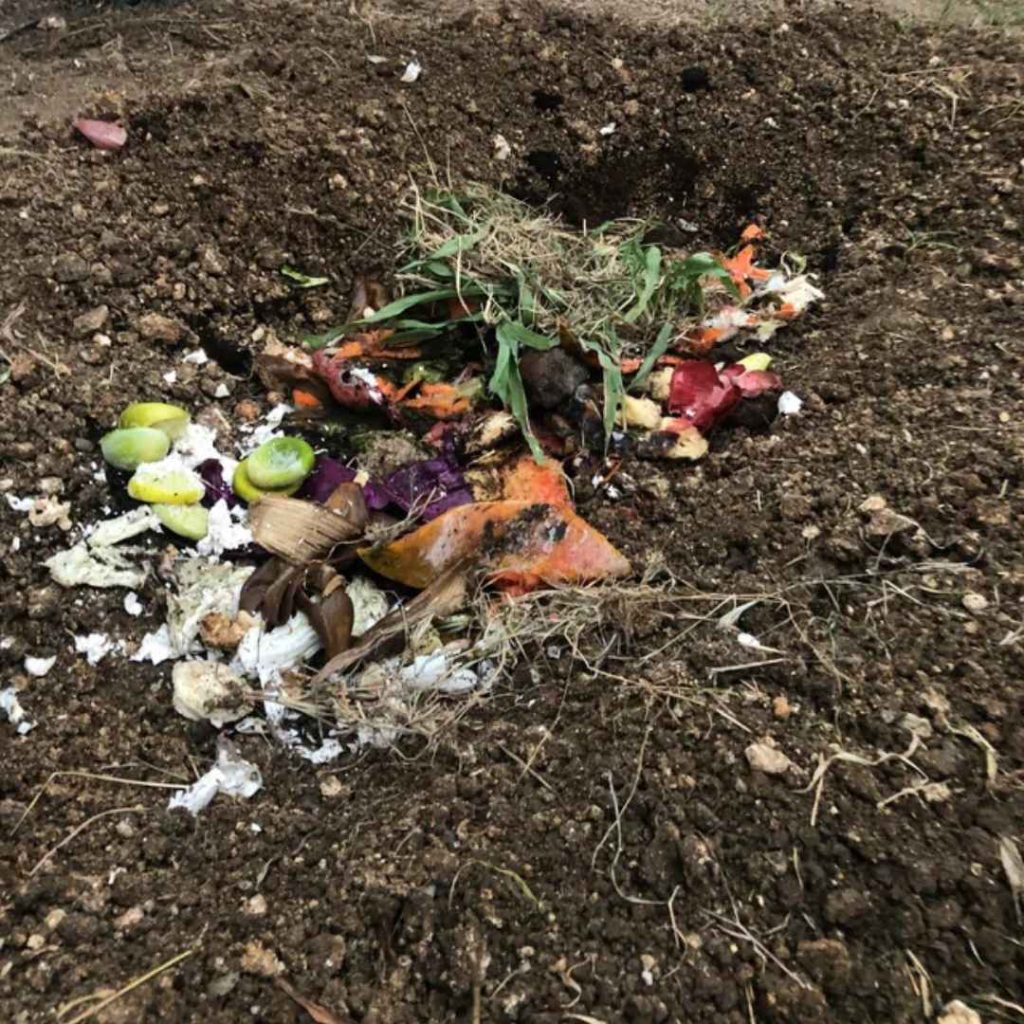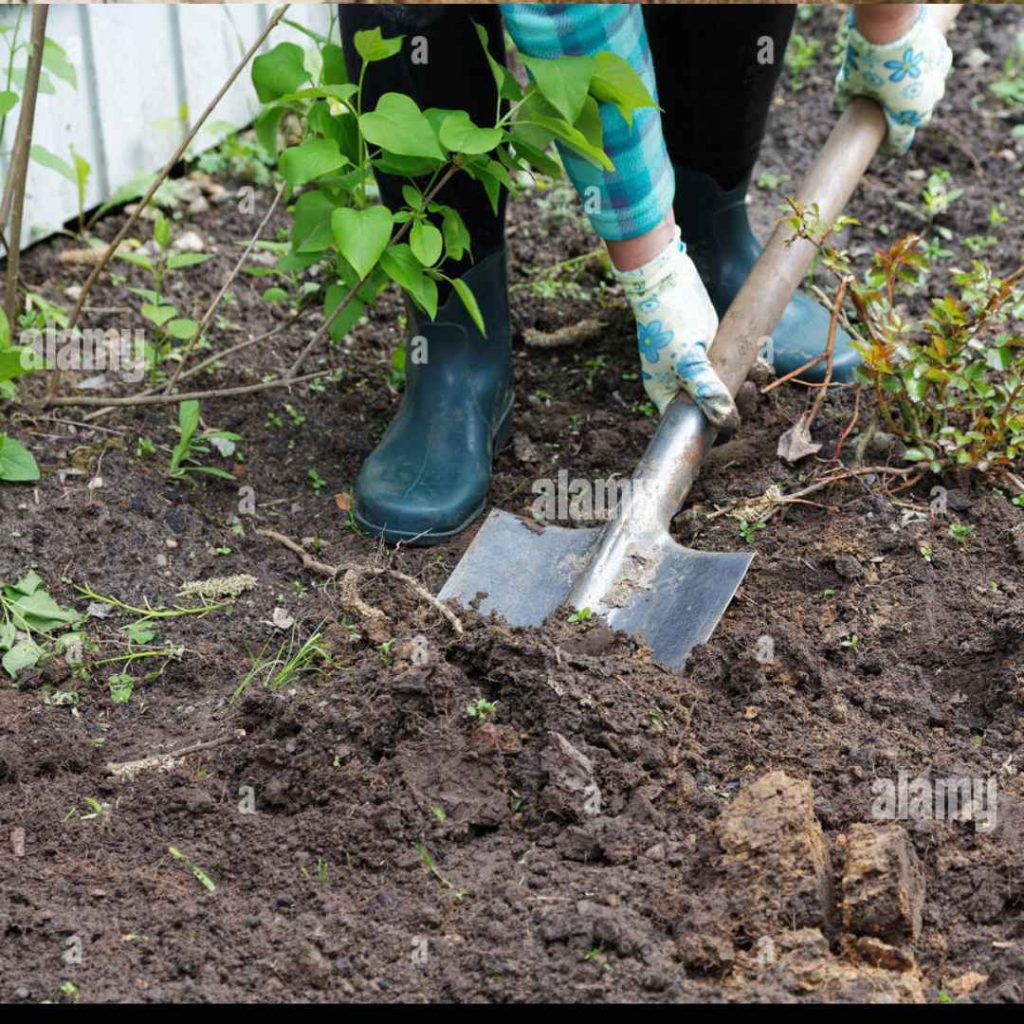How might newspaper and composting be used to create no-dig beds on turf? An easy and efficient method of creating beds on the grass without shoveling and with less materials.
1. Get rid of any thorny invasive species, such marinas or bushes. Couch and bindweed are among the majority of other weeds that can be removed. Throughout your initial year, you will be required to keep an eye out for these invaders and pull them as soon as they appear.
2. Clip the greenery or shave it. Add the cuttings to the composting pile after raking them up.
3. Split the cardboard package into layers after removing the wrapping paper and fasteners. Any sparkling card that has a transparent layer on it should be thrown away.
4. Use newspaper to wrap around the space, being sure it’s overlapping to avoid any empty spaces. Any gaps can be filled in with smaller fragments of paper.
5. Give the cardboard a little liquid. This lessens the possibility that it may drift away in the event of adverse circumstances throughout the initial few weeks by helping it “stick” to the surface and the organic matter. This stage should be skipped if there is a high probability of rainfall.
6. Utilizing a spatula, scatter manure over the beds. At this point, it will be slightly larger than five centimeters which is approximately seven to eight centimeters (about 3 inches). About sixty liters of composting can be used for each square meter.
7. Harden the decomposing matter by performing the No Dig Dancing, which will result in an excavation depth of approximately five centimeters. It’s a delicate game; you’re not going to squash the bed all the way! This gives the seedlings and transplanting an appropriate environment to grow. Additionally, it aids in the compost’s “stickiness” to the newspaper. If you like, you have the ability to cultivate and put in.
8. To guarantee any additional card, use heavy objects like hardwood, rocks, or composting bags.
9. Sprinkle hardwood chips, wood shavings, organic matter, or serve as cardboard to mulch the pathways. You may render the measurements of the beds and paths as broad or as small as you like.
10. The yearly mulching offers the best circumstances for throughout the year production of food, which is beneficial for the condition of the ground, soil existence, and the production of nourishing meals.
How To Convert a Lawn Into a No Dig Garden?
Step 1: Weeks 1-2: Get The Grass Ready

1. Mow The Backyard: To minimize the volume of lawn that requires to be repressed, trim the greenery as little as you can.
2. Trash Removal: Get rid of any furnishings, things, or garbage from the region.
3. Define The Vicinity: Define the region that you wish to transform using an extension cord or gardening line.
4. Utility Monitor: Verify that the region that you are planning on converting is free of subterranean services, including gasoline or electricity.
Step 2: Spread Down Something Like Paper Or Cardboard Boxes (Weeks 2-4)

1. Spread Down Plywood Or Sheet: Spread an even covering of newspaper or sheet throughout the whole yard. The weevils and bushes will be suppressed as a result.
2. Overlay The Sheets: To stop invasive plants or grasses from sprouting across, ensure that the Kraft paper or sheet covers converge one another.
3. Press Down The Sheets: For weighing down the sheets of cardboard or sheet sections, utilize the ground, pebbles, or blocks.
4. Verify Full Protection: ensure that there are no voids or openings in the paper towels or sheet covering the whole grassy surface.
Step 3: Weeks 4–8: Add Natural Substances:

1. Cover the material or sheet with an even coating of composting or well-rotted fertilizer, about two to three inches thick.
2. Incorporate Additional Biological Components: To aid in the dirt’s development, you can incorporate additional naturally occurring substances such as wood chippings, sorghum, or needles.
3. Combine The Ingredients: Combine the natural elements with the preexisting soil using a digging tool or shovel.
4. Spread An Even Covering Of Mulching: To help hold onto humidity and keep intruders at bay, spread a coating of mulching material including wood chippings or hay.
Step 4: Make Channels For Cultivating (Week 8+)

1. Make Sowing Perforations: Make openings in each sheet of paper towels or cardboard using a digging tool or shovel.
2. Insert Your Preferred Vegetation: Fill the openings with your preferred plants, including blossoms, medicinal plants, or veggies.
3. Hydration And Preserve: Give the vegetation occasional watering, and expand the natural resources in your no-dig gardening as necessary.
Advice And Modifications:
Utilize a garden mower equipped with a collecting container: To facilitate the removal of trash and grassy cuttings. To assist preserve humidity and keep invasive plants at bay, spread an even covering of compost. To get water straight to the greenery origins, utilize a dripping watering method. To facilitate accessibility to the vegetation while compressing the substrate, develop an opening in the bed. Include complementary gardening to build an enduring and varied ecology.
Advantages Of Growing Without Digging: Decreased Soil Disruption:
By reducing disruption to the soil, no-dig landscaping contributes to the preservation of soil ecology and construction.
Better soil wellness: No-dig planting promotes soil regeneration, enhancing its nutritional value, organization, and general well-being.
Higher agricultural production: Because no-dig planting improves soil condition and reduces compacting of the soil, it can result in greater production of crops.
Water consumption is decreased because no-dig horticulture assists in holding onto the humidity of the soil, which lessens the requirement for repeated irrigation.
Less manual strain: When juxtaposed with conventional planting techniques, no-dig planting involves less laborious activity.
